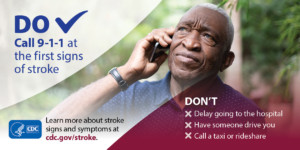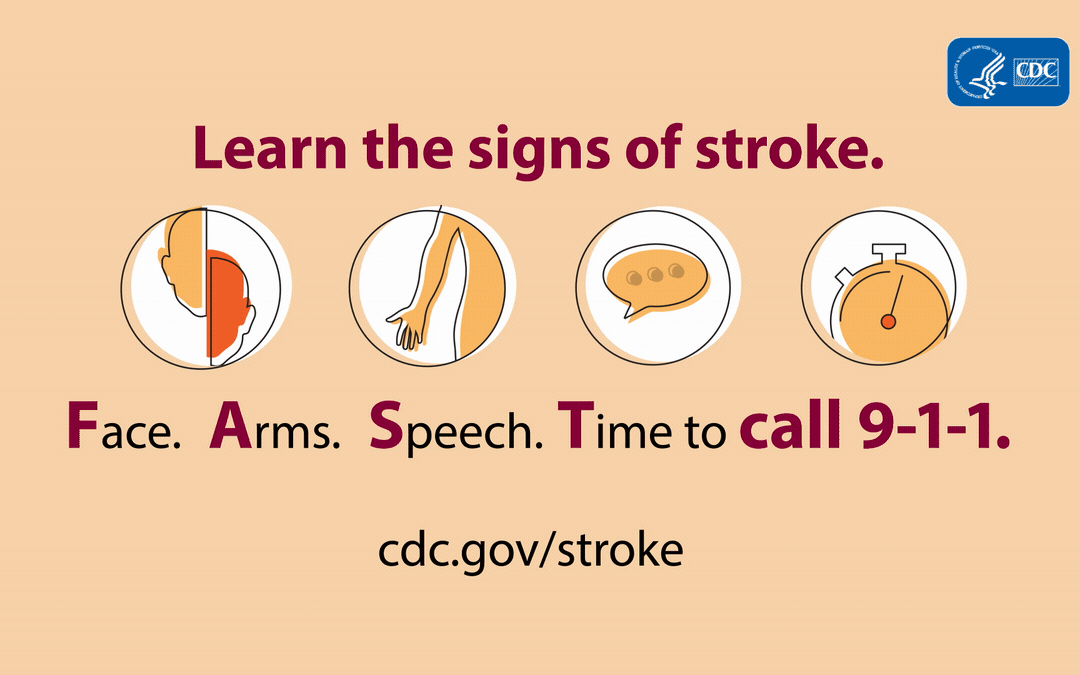Stroke is a leading cause of death in the United States and is a major cause of serious disability for adults. About 795,000 people in the United States have a stroke each year.
Stroke is preventable. You may be able to prevent stroke or lower your chances of having a stroke. Up to 80% of strokes could be prevented through healthy lifestyle changes and working with your health care team to control health conditions that raise your risk for stroke.
Stroke is treatable. Learn the signs of stroke, and call 9-1-1 right away if you think someone might be having a stroke. Getting fast treatment is important to preventing death and disability from stroke.
What is stroke?
A stroke, sometimes called a brain attack, happens in one of two ways:
- Ischemic stroke—when the blood supply to the brain is blocked
- Hemorrhagic stroke—when a blood vessel in the brain bursts
A stroke causes brain tissue to die, which can lead to brain damage, disability, and death. Stroke is a leading cause of death in the United States and is a major cause of serious disability for adults. This is disturbing because about 80% of strokes are preventable.2
You can greatly reduce your risk for stroke by making lifestyle changes to help control your blood pressure and cholesterol levels and, in some cases, by taking medication.
Are you at risk for stroke?
Anyone, including children, can have a stroke at any time. Every year, about 800,000 people in the United States have a stroke—and about 1 out of 4 of those strokes are recurrent strokes. Having one stroke means you have a greater risk of having another (or recurrent) stroke.
Several factors that are beyond your control can increase your risk for stroke. These include your age, sex, and ethnicity. But there are many unhealthy habits, such as smoking, drinking too much alcohol, and not getting enough exercise, that you can change to lower your stroke risk.
Using tobacco products and having high blood pressure, high cholesterol, diabetes, or obesity can also increase your risk for stroke. However, treating these conditions can reduce your risk. Ask your doctor about preventing or treating these medical conditions.
What are the signs and symptoms of stroke?
An easy way to remember the most common signs of stroke and how to respond is with the acronym F.A.S.T.:
F = Face drooping: Ask the person to smile. Does one side droop?
A = Arm weakness: Ask the person to raise both arms. Does one arm drift downward?
S = Speech difficulty: Ask the person to repeat a simple sentence. Are the words slurred?
T = Time to call 9-1-1: If the person shows any of these signs, call 9-1-1 immediately. Stroke treatment can begin in the ambulance.
 Other common signs of stroke are
Other common signs of stroke are
- Sudden dizziness, trouble walking, or loss of balance or coordination
- Sudden trouble seeing in one or both eyes
- Sudden severe headache with no known cause
- Sudden numbness of the face, arm, or leg
- Sudden confusion or trouble understanding others
If you think that you or someone you know is having a stroke, call 9-1-1 immediately. Stroke is a medical emergency, and stroke treatment and outcomes depend on how fast you get to the hospital and the type of stroke the person had.
When you are transported by ambulance, first responders may be able to start your treatment right away and can alert the hospital that a stroke patient is on the way. This notification gives the hospital’s medical team time to prepare equipment and medicines you may need.
How is stroke diagnosed?
Your doctor can perform several tests to diagnose stroke, such as brain imaging, including a magnetic resonance imaging (MRI) or computed tomography (CT) scan, tests of the brain’s electrical activity, and blood flow tests.

Learn the ABCS of stroke prevention: Aspirin: Aspirin may help lower your risk for stroke. But do not take aspirin if you think you’re having a stroke. It can make some types of stroke worse. Blood Pressure: Control your blood pressure. Cholesterol: Control your cholesterol. Smoking: Quit smoking or don’t start. Learn more about the ABCS and what you can do to prevent stroke at the Million Hearts® website.
Can stroke be prevented?
High blood pressure is the single most important treatable risk factor for stroke. Preventing, diagnosing, and controlling it through lifestyle changes and medicine are critical to reducing stroke risks. There are several steps you can take to reduce your risk for stroke:
- Eat a healthy diet low in sodium with plenty of fruits and vegetables.
- Maintain a healthy weight. Join Washington County’s Go for Bold initiative for information and tools to help you lose weight.
- Be physically active.
- Don’t smoke, and avoid secondhand smoke.
- Limit alcohol use.
- Prevent or manage your other health conditions, especially high blood pressure, high cholesterol, diabetes, and obesity.
How is stroke treated?
If you have a stroke, you may receive emergency care, treatment to prevent another stroke, rehabilitation to help you relearn the skills you may have lost because of the stroke, or all three. In addition, lifestyle changes, such as the ones listed above, can help lower your risk for future strokes. Talk with your doctor about the best ways to reduce your stroke risk, and always take medicines as prescribed.
Downloadable handout: Know the Facts About Stroke
Source: CDC.gov

